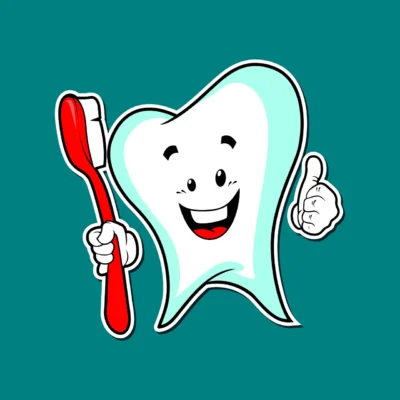
Periodontal disease is usually painless, especially in the early stages. It’s important to know the warning signs so you can get appropriate treatment before the disease worsens. Left untreated, gum disease can take a toll on your oral and overall health. The infection can spread to other areas of your mouth and other parts of your body, increasing your risk for several health conditions, including heart disease, stroke and diabetes.
Gum disease, also known as periodontal disease, is a common condition that affects the gums and bone supporting the teeth. It typically starts with bacterial growth in the mouth that causes inflammation of the gums. The early stage of gum disease is known as gingivitis, which is often mild and reversible with proper treatment.
As the disease gets worse, the pockets deepen and more gum tissue and bone are destroyed. When this happens, teeth are no longer anchored in place, they become loose, and tooth loss occurs. It’s no longer just the gums that are affected – the structures under the gum line (bone and ligaments ) that hold the teeth securely in place start to become affected. As a result, the bone and ligaments become damaged and destroyed, if the disease is left untreated it can lead to tooth loss. However, if you surpass that stage and progress into advanced stages of gum disease, you will need the intervention of your dentist or hygienist. The reason for this being so is gingival recession, bone loss, and deep pocket depths cannot be reversed by simply brushing and flossing.
Over time, if plaque is not removed regularly by brushing and flossing, it can lead to tartar buildup. Tartar is also called “calculus,” and it forms a yellow, brown deposit after plaque hardens. Unlike plaque, you cannot safely remove tartar on your own. This can only be done professionally by a dentist or dental hygienist. If you think you have symptoms or risk factors for receding gums, visit your dentist for a check-up.
What is Gingivitis?
Your dentist may recommend using mouthwash if it helps control the build-up of plaque (the sticky substance that forms when bacteria collects on the surface of your teeth). Your dentist will be able to advise you about which type of mouthwash is most suitable and how to use it. Poor oral hygiene, such as not brushing your teeth properly or regularly, can cause plaque to build up on your teeth. Read more about treating gum disease and keeping your teeth clean. If you’re worried about your risk factors, pay special attention to your dental hygiene, and consult your oral care professional. You’ll notice it when drinking things like cold or hot beverages.
Some people are simply more prone to having the kind that causes gum disease. They can also look at older X-rays to see how your bone has changed over time. Research has also proven that gum disease has a direct impact on your overall health and well-being. There’s a link between gum disease and other health issues like heart disease, stroke and diabetes. The periodontist puts a special type of fabric between your gums and the bone graft.
Always seek the advice of your dentist or other qualified healthcare provider with any questions you may have regarding a medical condition or treatment. It can be challenging to start a new routine, especially if your gums are sensitive. We recommend brushing and cleaning between your teeth with interdental brushes, floss, or water flossers. If your blood sugar is high, you may have or be at risk of type 2 diabetes. People with type 2 diabetes have a higher risk of gum disease that progresses faster.
Gingivitis is characterized by red, swollen gums that may bleed when brushing or flossing. It is caused by the accumulation of plaque – a sticky film of bacteria – on the teeth and along the gumline. If left untreated, gingivitis can progress to a more severe form of gum disease known as periodontitis.
It usually refers to gum inflammation, while periodontitis refers to gum disease and the destruction of tissue, bone, or both. Treatment aims to clean out bacteria from the pockets around the teeth and prevent further destruction of bone and tissue. Some of the dental treatments described below may also be recommended if you have gum disease.
Signs and Symptoms of Gingivitis:
- Bleeding gums
- Swollen gums
- Red or tender gums
- Bad breath
- Receding gums
If you are experiencing any of these symptoms, it is important to see a dentist for a professional evaluation and treatment plan.
Prevention and Treatment
Good oral hygiene practices, such as brushing twice a day, flossing daily, and regular dental check-ups, can help prevent gum disease. In the early stage of gingivitis, professional cleaning and improved at-home oral care can reverse the condition. If left untreated, gingivitis can progress to periodontitis, which may require more advanced treatment such as scaling and root planing.
Overall, maintaining good oral hygiene habits and seeking prompt treatment for any signs of gum disease can help prevent complications and protect your oral health in the long run.




